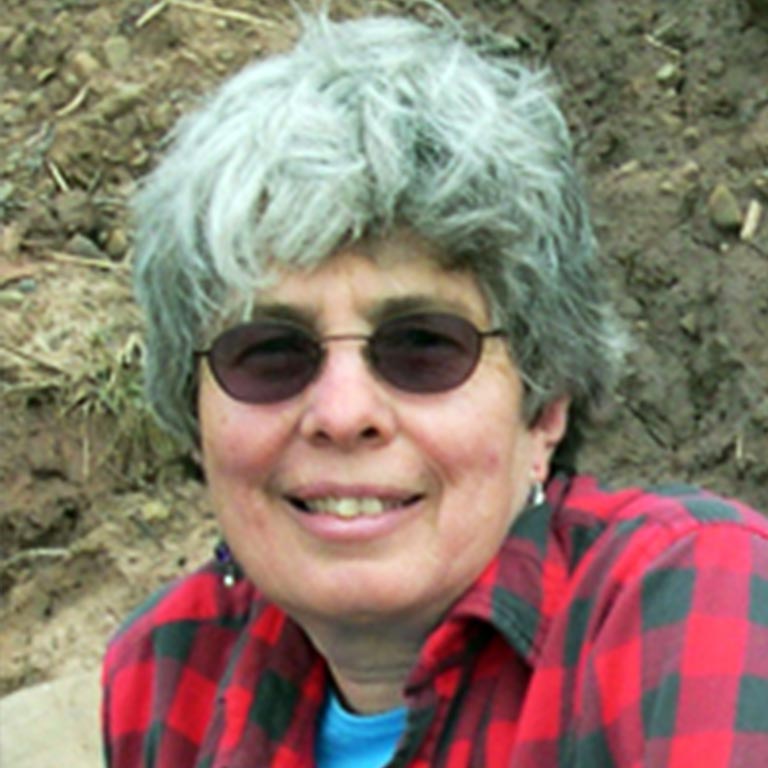- Ph.D., Duke University, 1968

Elizabeth Raff
Professor Emerita, Biology
(she/her/hers)

Professor Emerita, Biology
(she/her/hers)
The basic question my research addresses is how supra-molecular structures are constructed: How does programmed expression of information encoded in linear form in the genome result in achievement of functional three dimensional cellular morphology? We study this question at two very different levels: in cells, and in evolution.
In cells: Control of microtubule function in vivo; the role of tubulin structure in specification of microtubule architecture; genetic and proteomic analysis of the motile sperm tail axoneme
We use Drosophila melanogaster as a model system to study assembly and function of microtubules. Microtubules are ubiquitous eukaryotic organelles, used to construct many different arrays that function in many key cellular processes including cell division, generation and maintenance of cell shape, transport of intracellular components, and the motility and signaling of cilia and flagella. Microtubules are assembled from a, b-tubulin heterodimers. Each microtubule-based structure has a unique supramolecular architecture, mode of function, and total spectrum of constituent proteins. Assembly of each microtubule-based structure depends on interactions between tubulin heterodimers and between tubulins and other proteins. Multicellular organisms express multiple tubulin isoforms, distinct but related proteins encoded in multi-gene families. The broad aim of our research is to determine how these various factors combine to control microtubule assembly and function in vivo. We have developed Drosophila spermatogenesis as a powerful model for structure/function analysis of the metazoan sperm tail axoneme. We have shown that all b-tubulins used in motile 9+2 axonemes have a conserved C-terminal axoneme motif sequence, and that the sequence of the a- and b-tubulins in axoneme microtubules determines many aspects of axoneme architecture, from microtubule protofilament substructure, to organization of non-tubulin axoneme proteins. Current research combines proteomic and genetic analysis to identify and characterize proteins that interact with the axoneme tubulins to generate the complex axonemal architecture.
In evolution: Evolution of developmental mechanisms and the determination of body form
The fundamental problem for the study of the evolution of development (evo-devo) is to determine how developmental processes are modified in evolution to produce novel features. We are addressing these questions in a collaborative project with Rudy Raff. The experimental system uses two closely related Australian sea urchin species with very different developmental pathways. Heliocidaris tuberculata develops via a long-lived feeding pluteus larva typical for many sea urchins (indirect developing planktotrophs), whereas H. erythrogramma develops rapidly via a non-feeding larva (direct developing lecithotrophs). The pluteus form is primitive, and H. erythrogramma’s distinctive developmental mode arose in 4 million years since divergence from H. tuberculata. We made the key discovery that H. erythrogramma eggs fertilized with H. tuberculata sperm generate hybrids that exhibit a novel but harmonius and viable ontogeny. Both recent and ancestral echinoderm features are restored in the hybrid developmental program, giving us direct experimental access to the genic mechanisms that produce new body forms in evolution. We have also developed H. erythrogramma as a model system for understanding preservational modes and biases in Precambrian and Cambrian fossil embryos.